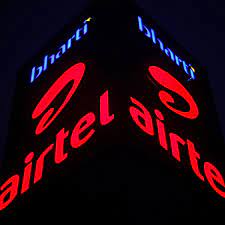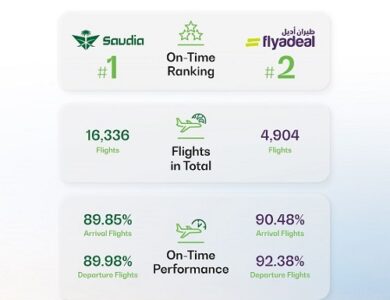Airtel Plans Standalone 5G Rollout for FWA in Q2, Says MD Gopal Vittal

Airtel Managing Director Gopal Vittal expressed optimism about the early effects of recent tariff hikes during a post-results call with analysts on Tuesday, stating that the full impact will be realized over the next two quarters.
“This tariff hike was essential for the financial health of the industry. The early signs from this adjustment are promising, with the full effect expected in the upcoming quarters. I must emphasize that the industry requires a minimum ARPU of Rs 300 for sustainable long-term investments and respectable return ratios,” Vittal highlighted.
In the first week of July, both Airtel and Jio increased tariffs by up to 25 percent.
On Monday, Airtel reported a substantial 158 percent year-on-year (Y-o-Y) surge in its net profit for the first quarter (April-June) of the financial year 2024-25 (Q1FY25).
Vittal also announced that Airtel’s 5G consumer base had grown to 90 million by the end of Q1, up from 72 million at the end of Q4FY24. In comparison, rival Reliance Jio’s subscriber base expanded to 130 million by June-end.
“5G shipments continue to grow, and we are gaining market share,” Vittal informed analysts.
He noted that Airtel’s recent increase in quarterly Average Revenue Per User (ARPU) to Rs 211 in Q1 was driven by transitions from feature phones to smartphones, upgrades from prepaid to postpaid, higher data monetization, and increased international roaming penetration.
However, Vittal admitted that there had been some SIM consolidation at the lower end of the market, particularly among the 2G user base, following the tariff hike.
During the quarter, Airtel fully prepaid its advance payment dues for the 2012 and 2015 auctions. “Over the past year, we have prepaid Rs 24,250 crores of high-cost spectrum dues. In recognition of our efforts, Crisil has upgraded our debt rating from AA+ to AA+ positive,” Vittal said.
Standalone 5G Initiative
Airtel’s recent launch into the Standalone (SA) mode of 5G will ensure faster uplink and downlink performance in domestic Fixed Wireless Access (FWA), according to Vittal. In SA mode, the network is built solely on 5G, whereas in Non-Standalone (NSA) mode, the 5G network is an addition to the existing 4G and 3G radio network.
Until now, Jio has offered 5G through SA technology, while Airtel has utilized NSA-based networks. “We plan to go live with SA technology for FWA within Q2. Our core, transport, and radio networks are all SA-ready,” Vittal said.
Home Broadband and Postpaid Focus
Airtel is targeting the expansion of its Homes business, specifically aiming to increase Fixed Wireless Access (FWA) penetration in the top 60 million households, which account for 35 percent of industry revenues. “Broadband penetration is currently only about 40 million. To address this opportunity, we are expanding our Wi-Fi reach,” Vittal stated.
Airtel’s Wi-Fi service, including both FWA and Fiber to the Home (FTTH), is now available in 1,300 cities. The bulk of the broadband market is concentrated in the top 1,000 cities, and Airtel gained 3.5 lakh customers in this segment in Q1.
In the premium postpaid category, Airtel believes that up to 80 million existing prepaid customers could transition to postpaid. The telco added 4.9 million postpaid customers in the last six months, representing more than a quarter of total customer acquisitions. The rural and B2B segments remain other key focus area.






